Sculpture in mahogany wood.
Fully developed in three dimensions, the sculpture is intended to be viewed from all angles.
Intaglio signature of the sculptor “L .NICOT” and publisher's stamp. and publisher's stamp “EDITION SAS Paris” (Society of Salon Artists) on the edge of the base .
This Bulldog was made in the 20th century, during the Art-Deco period , circa 1930 , when Louis Henri Nicot was already a recognized artist exhibiting at the Paris Salon .
Édition SAS Paris (Society of Salon Artists) , was founded by the artists (sculptors) themselves , who exhibited at the Salon des Artistes and published their work in editions .
In the late 1920s and early 1930s , these wooden sculptures were exhibited at the Salon and sometimes produced in small editions for clients such as DIM (Modern Interior Design) .
Artists such as Adnet , Sandoz , Privat , de Canto de Maya , the Martel brothers and, of course, Emile Just Bachelet were all part of Edition SAS Paris .
Today , these wooden sculptures, generally in mahogany or rosewood, are highly sought-after by collectors .
The quality of the carving is very high and the editions are very small , making the works quite rare .
They are often included in museum collections .
Nicot . Louis-Henri (1878-1944)
Louis Henri Nicot , famous Breton statuary , born in Rennes on February 12, 1878 .
He began his artistic training at "The Rennes School of Fine Arts" with Coquelin , Lenoir , Ronsin , before entering the Paris School of Fine Arts in 1899 .
He trained in the studio of Alexandre Falguière, then Antonin Mercié.
Throughout his career , he remained very attached to academic and classical formulas, while associating a certain modernity with them.
He completed his studies in 1909 .
He became a professor at the Olivier-de-Serres School of Applied Arts in Paris .
The Breton theme soon appeared in his work .
After the 14-18 war , L.H Nicot became one of Brittany's leading sculptors .
He created numerous Breton-themed ceramics , including "The three gossips" ,"Leonard with veal" , "The Chicken Merchant" , "The Mariner's Vow" (circa 1930) published by Quimper-based faiencier Henriot .
He also sculpted busts of "Admiral Emile Guepratte" and "Charles Le Goffic" , as well as numerous monuments to soldiers who died for France .
Several of his works are on display at the Departmental Breton Museum in Quimper .
Regular exhibitions , numerous busts , steles and commemorative works , a continuous presence at French Artists' Salon , rewarded by a gold medal in 1933, and official recognition as Knight of the Legion of Honor the same year , all contributed to making Louis-Henri Nicot both a recognized and consensual artist .
Analyzing Louis Nicot's work , art critic Gallus wrote in
February 1933 :
“Through relentless labor, he has come to know all the secrets of his craft, to tame the material, whether marble, bronze, granite, wood or earthenware, knowing admirably how to adapt it to the subject at hand”.
It was between 1920 and 1935 that his talent really took off, and that he achieved his greatest successes and awards .
In 1925, at The Decorative Arts Exhibition , he was chosen by Emmanuel de Thubert , director of "The Sweet France magazine" , to work with other artists on a grandiose , aesthetic composition on the esplanade of the Invalides , "The pergola of sweet France" .
Among the statuaries who agreed to join forces to realize their inspirer's generous dream and personify the characteristics of French genius were : Costa , Hilbert , Lamourdedieu , Manès , Martel , Nicot , Pompon and Ossip Zadkine .
The artist died in 1944 , while preparing to publish new works .
The city of Rennes has named a street "Louis-Henri Nicot" .



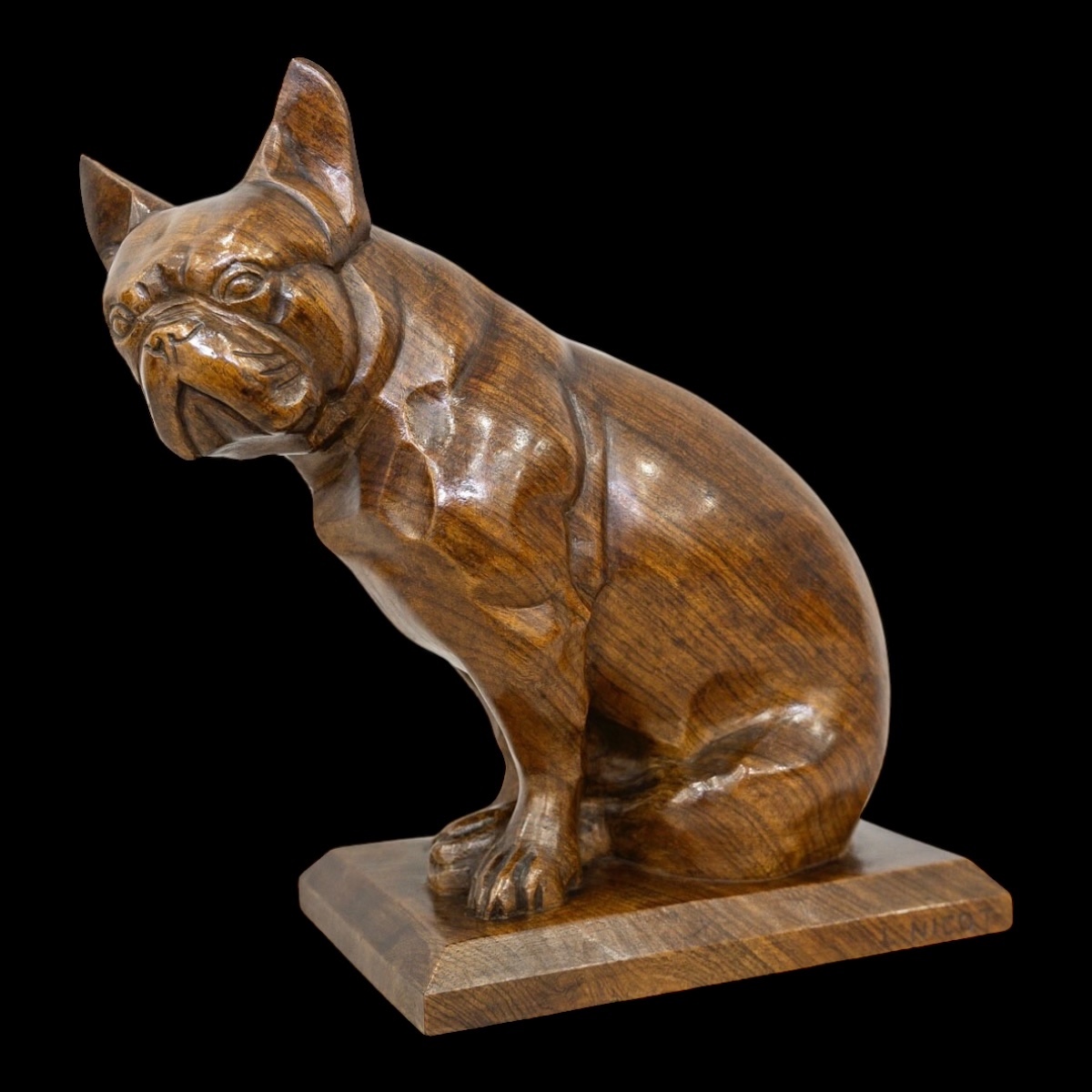



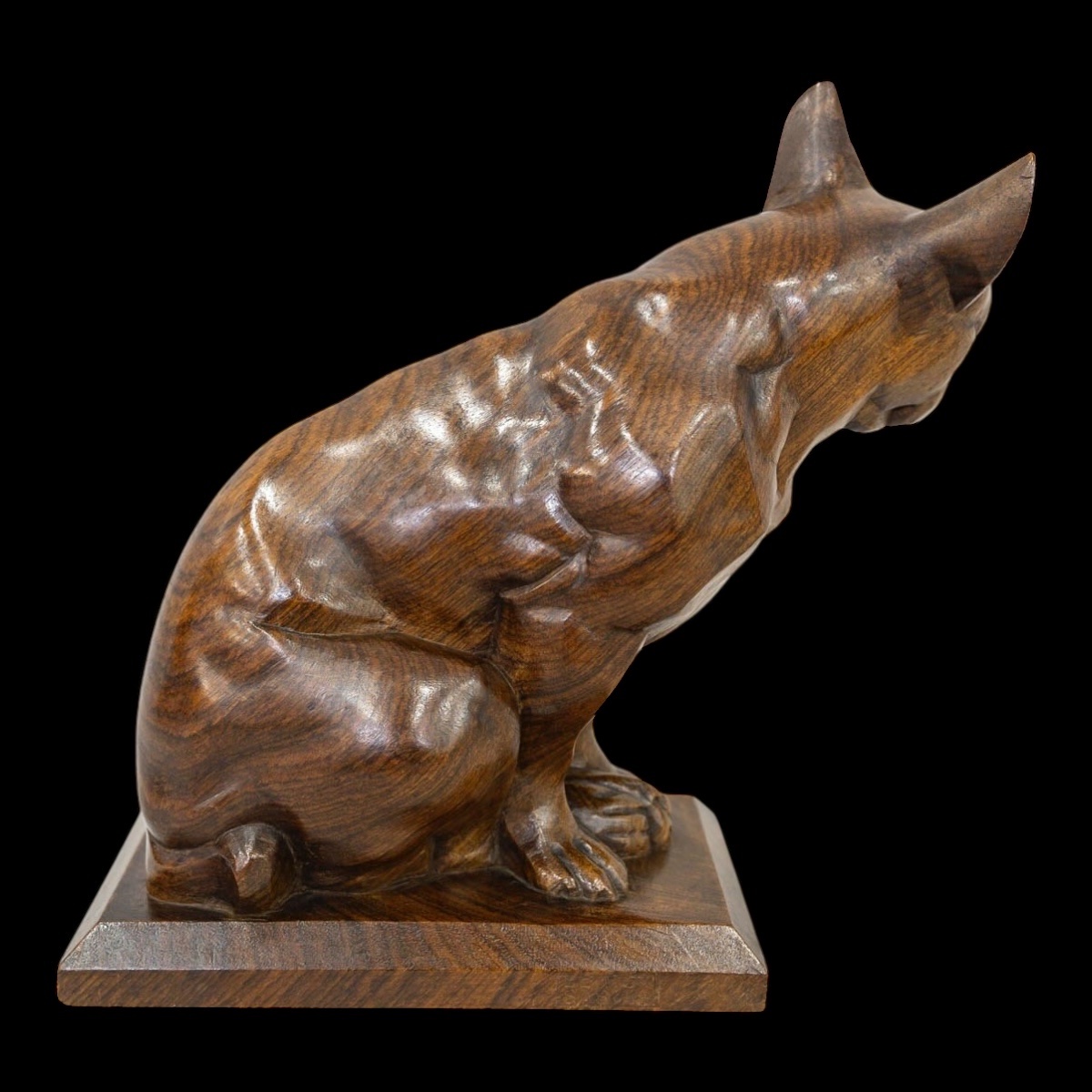



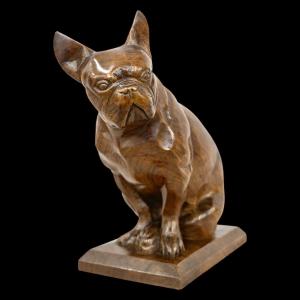










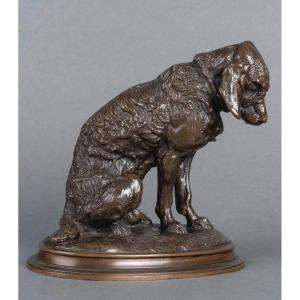
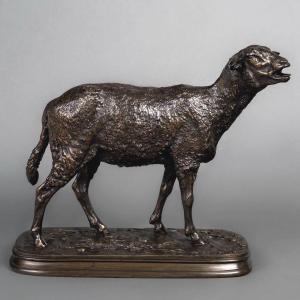



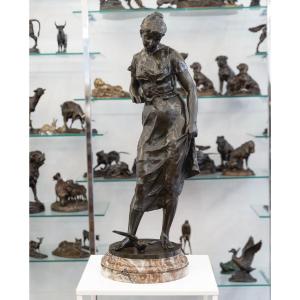

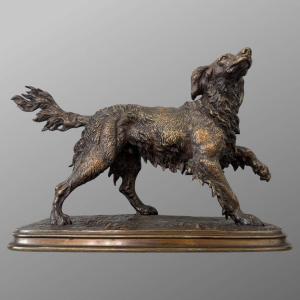




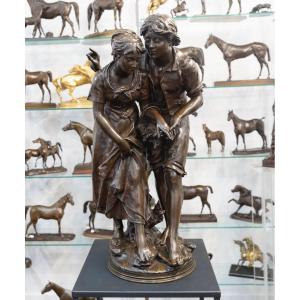

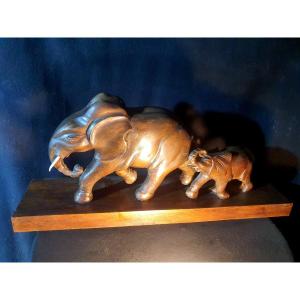


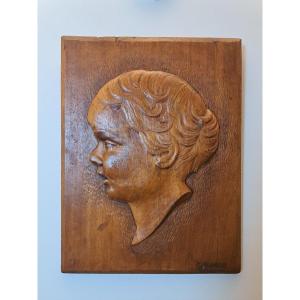




 Le Magazine de PROANTIC
Le Magazine de PROANTIC TRÉSORS Magazine
TRÉSORS Magazine Rivista Artiquariato
Rivista Artiquariato